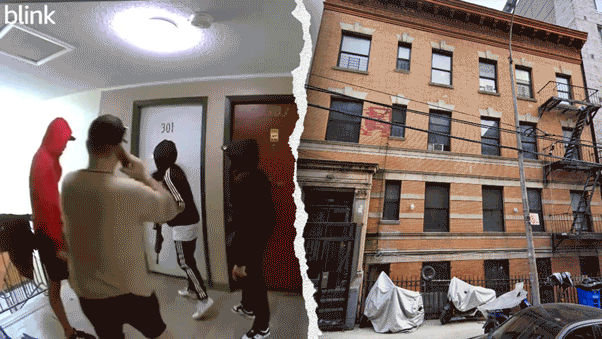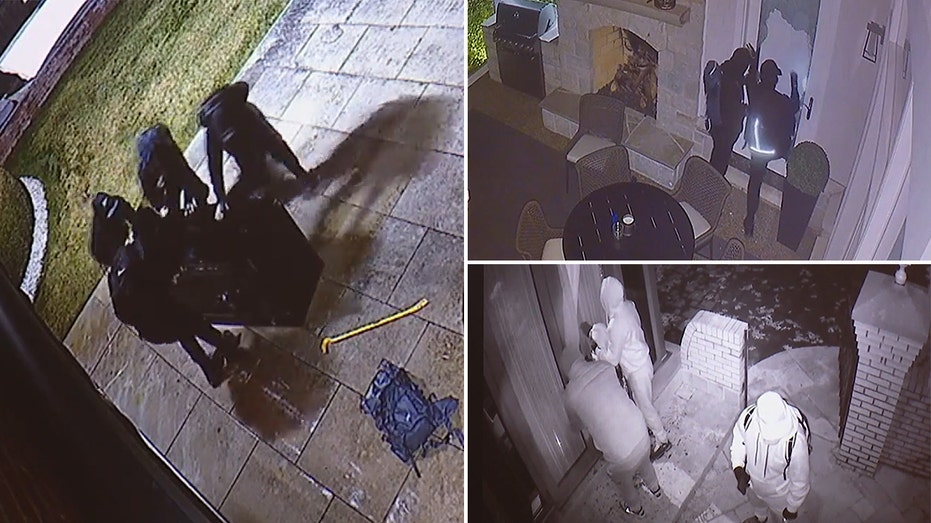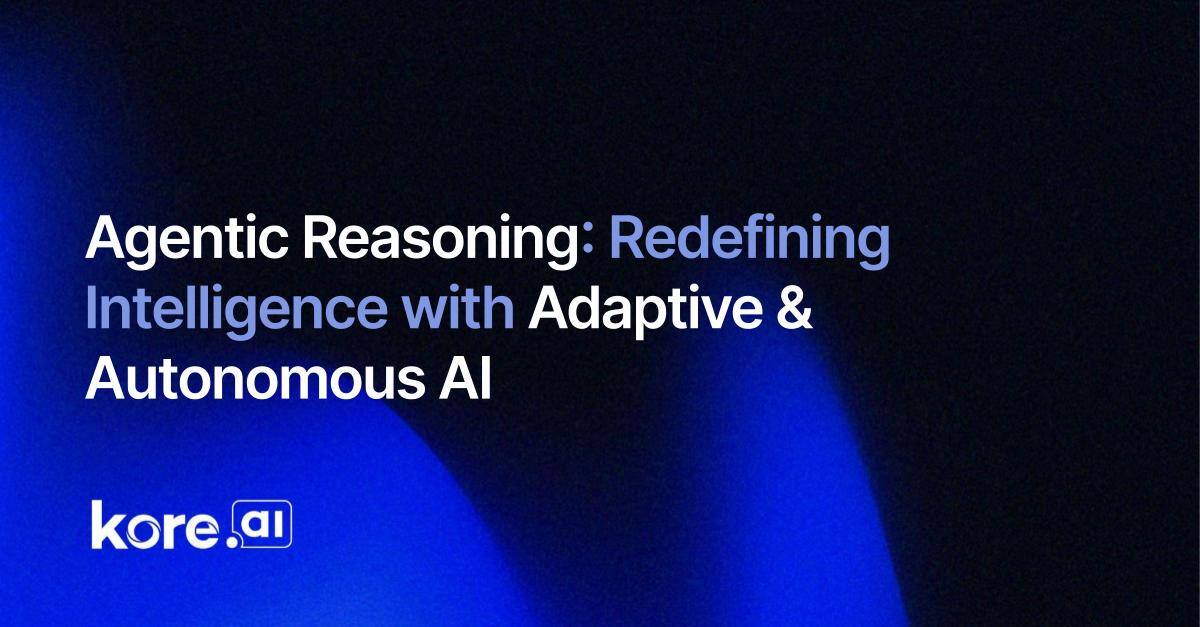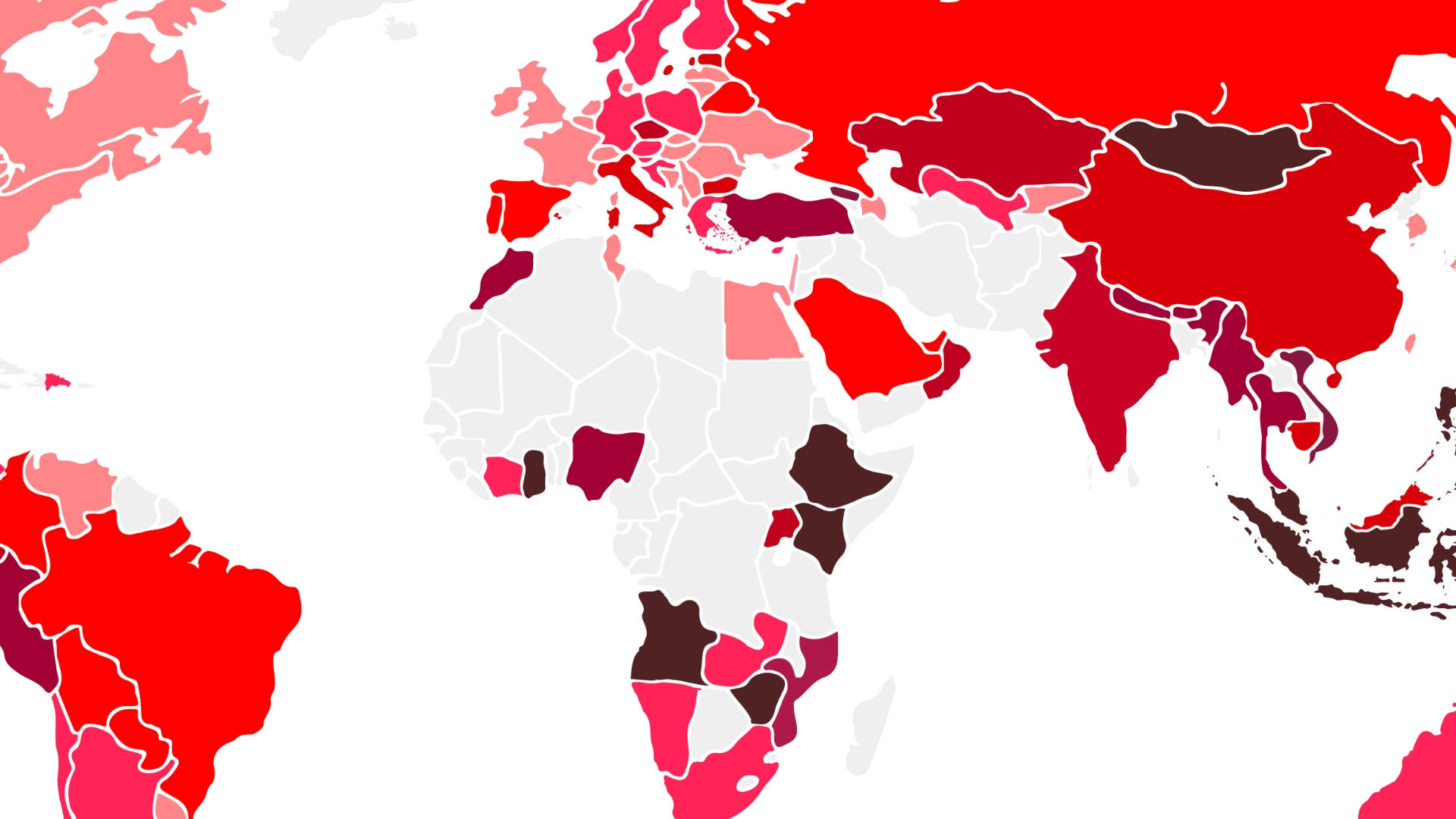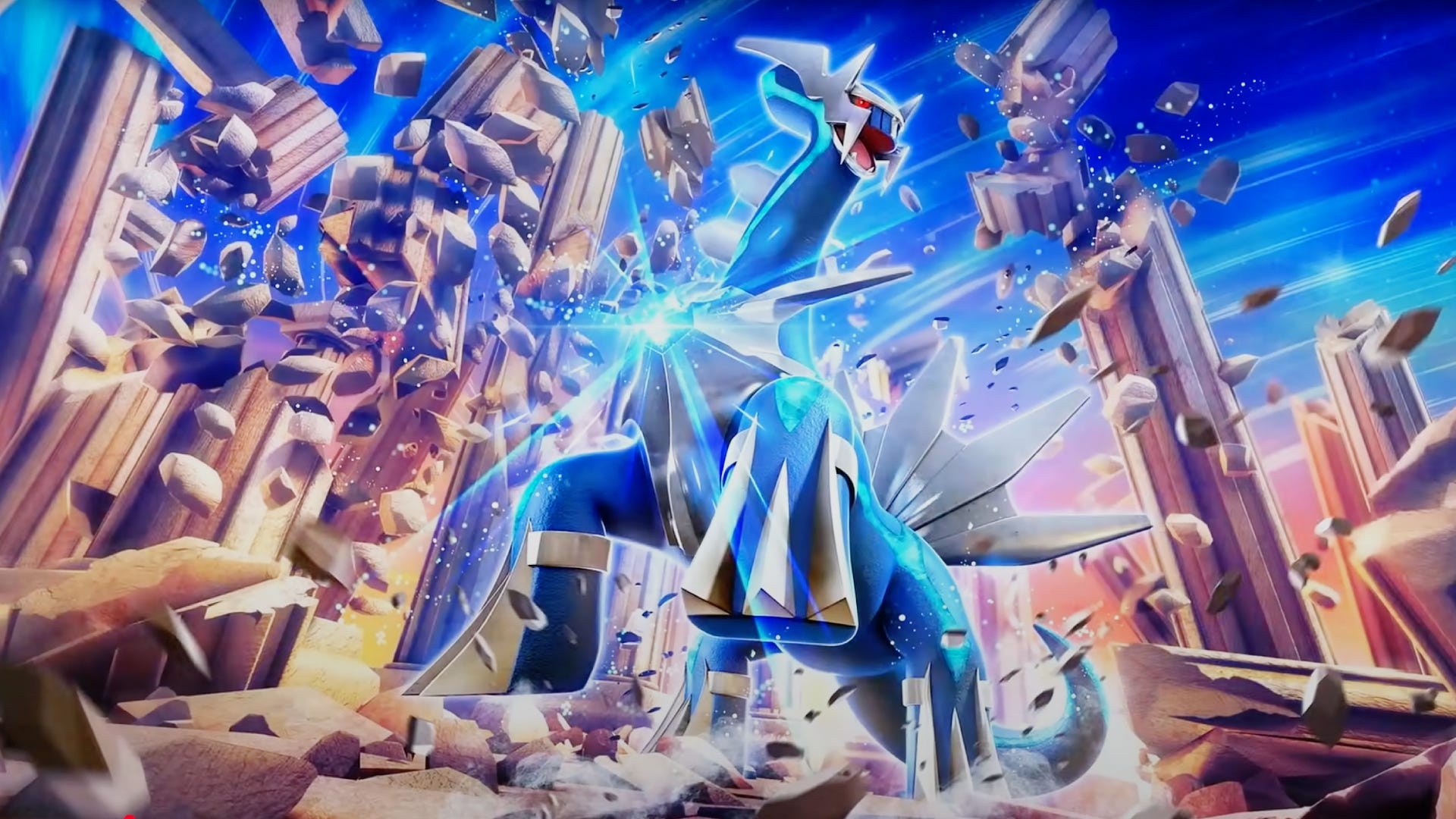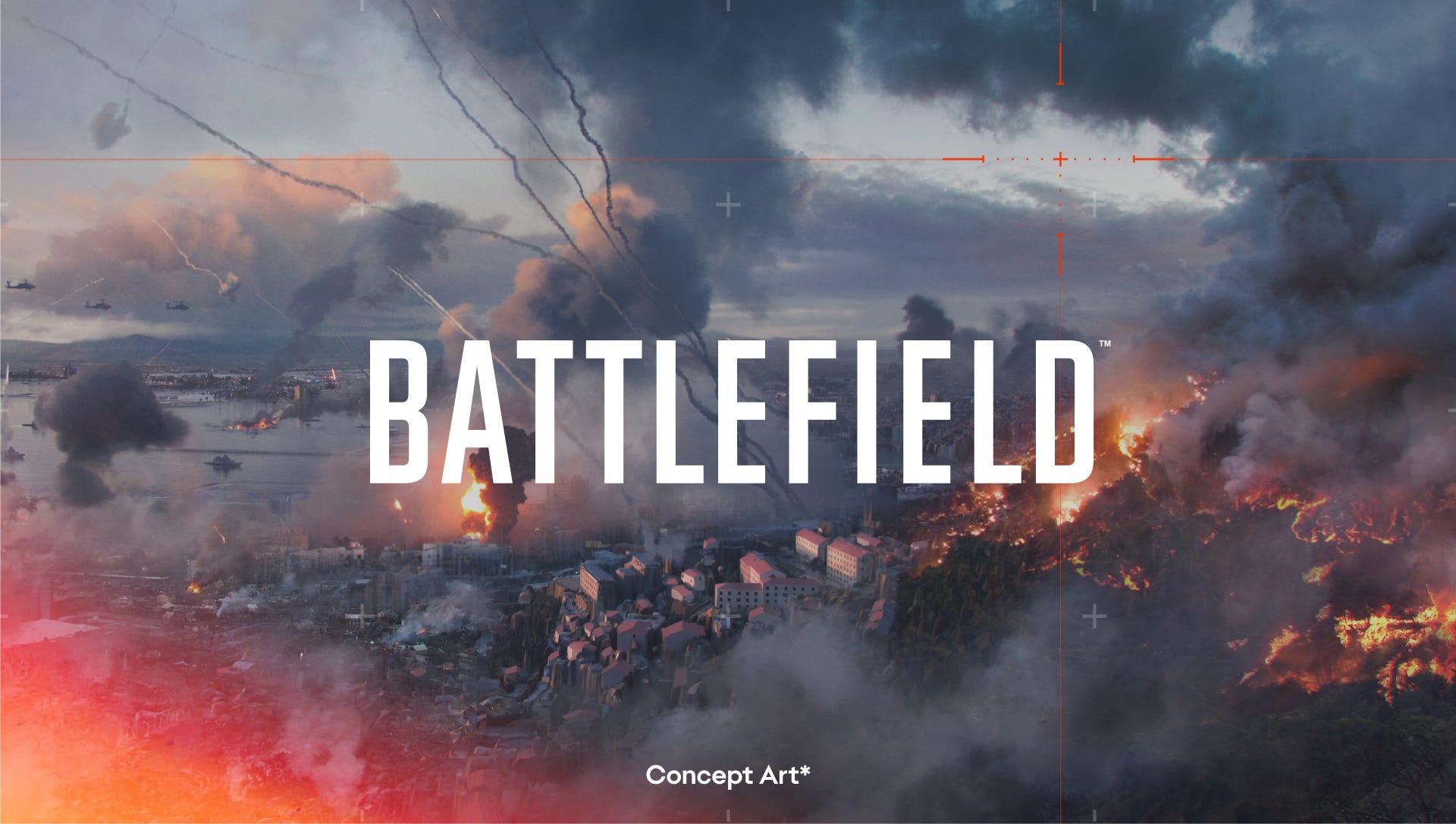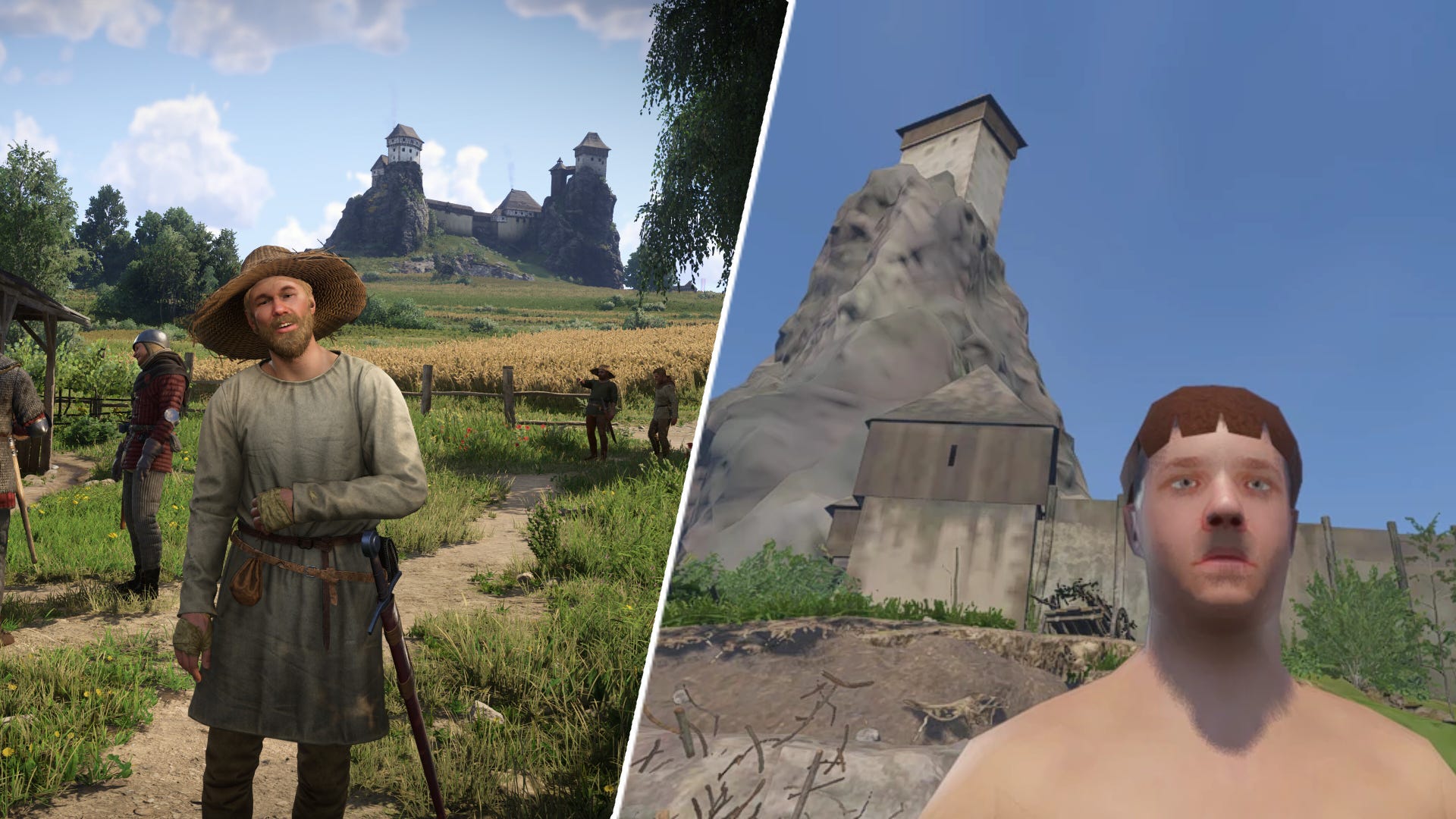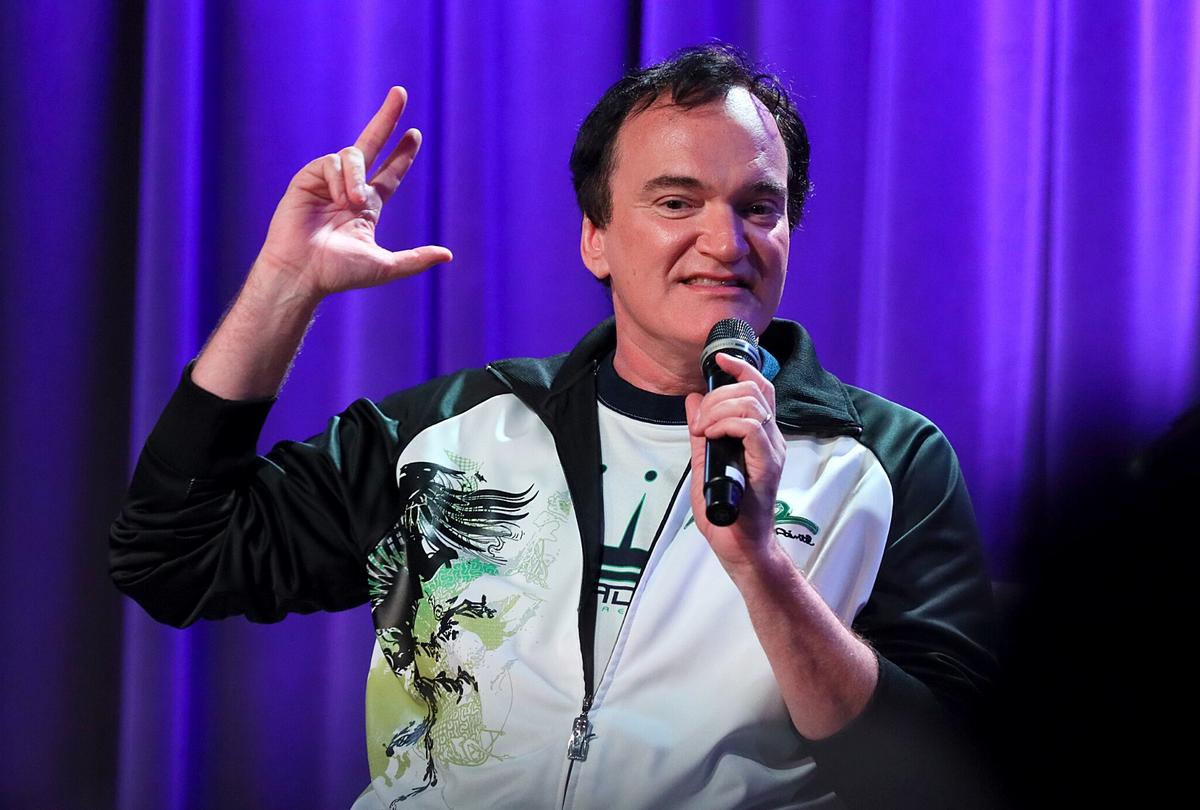The Gory Scares and Over the Top Camp of ‘Resident Evil – Code: Veronica’ 25 Years Later
While I eventually came around to it, Resident Evil 4 felt like a turning point in the series that took it down a path I wasn’t really interested in. It moved into something more action-oriented, taking me away from the classic drama of “Umbrella Academy” zombies with gameplay that focuses more on thrills than chills. […] The post The Gory Scares and Over the Top Camp of ‘Resident Evil – Code: Veronica’ 25 Years Later appeared first on Bloody Disgusting!.

While I eventually came around to it, Resident Evil 4 felt like a turning point in the series that took it down a path I wasn’t really interested in. It moved into something more action-oriented, taking me away from the classic drama of “Umbrella Academy” zombies with gameplay that focuses more on thrills than chills.
To me, the end of the era that I loved was Resident Evil – Code: Veronica on the Sega Dreamcast. I was a day one Dreamcast guy, so Code Veronica was a no-brainer for me, showing off what a new console generation could do with the zombie franchise that I loved. Even though it ended up being one of my favorites in the series, I haven’t played it since it came out.
Now, 25 years later, I fired it up again for its quarter century anniversary to see how it holds up against the rest of the series.

Right off the bat, I was greeted with an opening sequence that’s been seared into my brain. We see Claire Redfield raiding an Umbrella Corporation facility in Paris, searching for her brother Chris in the months following the events of the original three games. She leads Umbrella guards on a high-octane chase that ends with her pulling off a badass move that involves faking surrender, dropping a gun, then diving to the floor to catch it and shoot an explosive barrel. It immediately lets you know that this game, at least in its cutscenes, is going to be upping the ante on the Resident Evil formula in a big way.
When you take control as Claire’s escaping from a prison complex on Rockfort Island, Code Veronica gives you the gameplay that you’ve come to know and love from the series. Fixed camera angles, tank controls, and a small inventory to manage; all the hits are there, but with huge graphical leaps. Taking a page out of Silent Hill, the series ditches the pre-rendered backgrounds for fully 3D environments, allowing the fixed camera angles to follow you as you move through the spaces. It’s a wonderful shift that adds a dynamism to the gameplay, adding a smoothness to navigation.

The ante upping continues with the first big encounter of the game, putting you in a cemetery that quickly fills up with zombies that terrifyingly crawl out of their graves and surround you. While you can definitely notice the switch between the pre-rendered and real-time portions of the cutscene, both of them look really great and transition perfectly into the action. This whole first section is a great statement piece for the game, getting you into the mindset for what the next generation of Resident Evil will look like.
Early on, you’re given a pair of automatic pistols, which feels like a big change for the series as well. Having the ability to target two enemies at once makes it a lot easier to control larger crowds, which the game is frequently throwing your way. These have limited ammo, but provide a great power fantasy feeling when you’re using them. It’s not as game-changing as the shift that Resident Evil 4 provided, but it’s a fun addition that feels good in the hands.

Starting off the game with Claire is a great choice, as she’s a classic character that fans love, but the first of the main side characters introduced is less well-loved. After escaping from some zombies, you run into fellow prisoner Steve Burnside, who looks like late ’90s era Leonardo DiCaprio. The Resident Evil franchise is known for having dialog of voice acting that leans on the cheesier side, but Steve ends up pushing that further than any other character I can remember, with a high-pitched voice that is instantly grating. There are moments within, particularly when he unloads all his ammo into his zombified father, that are clearly going for some gravitas, but are robbed of any impact by his extremely over-the-top performance. Not only is the voice acting rough, but his characterization is inconsistent, oscillating between performing Max Payne-like badass moves and acting whiny, all while falling hopelessly in love with Claire.
Also divisive are the villains of the story, the Ashford Twins. Introduced in a genuinely unsettling video of them as children, picking the wings off of a dragonfly and feeding it to a colony of ants, these two were definitely the most scenery-chewing villains the series had seen thus far. Every line Alfred says is cranked up to 11, but he personally works for me in a way that Steve never really did for me. When Alexia is eventually raised from the dead in the later half of the game, she has a great presence as well, eventually turning into a horrific mutant the likes of which the series is known for.
One part of that doesn’t age particularly well is the way it handles a big twist about the twins. Initially, you hear Alfred talking to Alexia off screen, only to find out later that he is suffering from multiple personalities and is dressing up as his dead sister. While this is definitely an obvious Psycho reference, it does feel like it’s trying to make the very fact that he’s dressing as a woman into something that’s inherently creepy, going as far as having Claire call him a “crossdressing freak.” He’s already done such a great job of being an oddball villain that we don’t need to resort to transphobic-adjacent reactions that stigmatize this behavior as something deviant. It feels like this twist didn’t really add that much to the character, only creating a problematic layer that feels unnecessary, especially since Alexia is brought back to life later in the game to great effect.

After Claire and Steve escape the island and end up in an Umbrella facility in Antarctica, you end up switching to her brother Chris as he arrives on Rockfort Island. It’s great to have the two Redfields in the same game, but he’s not the only person returning from the original Resident Evil. Albert Wesker is back, now enhanced with super strength and speed, along with some spooky cat eyes. Wesker is another element of the game that pushes it into that ridiculous anime-style with some of the wildest cutscenes in the game.
The fact that you switch up your characters as part of one continuous story, rather than having two different campaigns that heavily overlap, contributed to the importance of the story, despite this not being an actual “numbered” entry in the series. It ends up being longer than any of the other games in the series, maybe to its detriment, but overall the bigger scale made it feel like this is what we could expect from the next generation of consoles.

One unfortunate part of this larger scale is that there’s a lot of backtracking involved in this game, and since it’s more sprawling it doesn’t quite take advantage of that tight, shortcut heavy level design I’ve come to know and love from Resident Evil. There are a wide variety of beautifully-rendered places on Rockfort Island, including a palace, a prison, a military training facility, and a private residence, and you’re required to traverse from one to the other pretty frequently, sometimes without a ton of guidance pointing you in that direction. While all the locations are connected, it can be a drag to go from one to another, especially since the maps aren’t up to modern Resident Evil standards with the amount of information they give you. I think there are some neat puzzles in this game, but too many of them force you to tediously run back and forth between locations.
Along with this comes an overall more demanding difficulty level with some annoying spikes that can become impassable if you’re not careful. It feels like since we’re working with a console generation with more power, they wanted to push the density of enemies in places, making for some challenging areas to navigate. The boss fights, particularly the Tyrant you fight as you’re escaping the island, are huge resource sinks, requiring you to have carefully managed your ammo to ensure you have enough to take them down. I am a huge fan of the classic survival horror resource management in games, but this pushes it to extremes in a way that can be really irritating.

The resource management becomes even more irritating when you’re switching back and forth between Claire and Chris during the back half of the game. When you place an item into an item box, it can be accessed by either character. It’s a cool idea, but unfortunately it can very easily leave you high and dry without a key item if the character switch takes you by surprise. It’s very easy to completely tank your run by holding onto the wrong thing and making things overwhelmingly challenging for you, which is a bummer given the game’s longer runtime.
This revisit was well worth it, as it made me realize that this was actually a halfway point between the original trilogy and the new direction of the series that RE4 took. Mechanically, it still felt like the old game, upgrading the fixed perspectives with a more cinematic flair and retaining the puzzle solving and resource management aspects. The new dual wielding mechanic allowed things to get a bit more action packed, but the moment to moment was still fairly slow-paced compared to what would come later. The over-the-top villainous twins feel like they were paving the way for RE4 characters like Salazar and his clockwork statue, and the globe-trotting nature of the setting felt like a test run for the three main games that followed.
Despite some of my level design and difficulty qualms, Resident Evil – Code: Veronica is a great example of what the series does best, finding the perfect balance between gory scares and campy characters and situations. It’s the tonal sweet spot in my book, making for one of the most memorable survival horror games of its era.
The 2001 revised version, Resident Evil – Code: Veronica X, is available on PlayStation 5 and the Xbox Series.
The post The Gory Scares and Over the Top Camp of ‘Resident Evil – Code: Veronica’ 25 Years Later appeared first on Bloody Disgusting!.



